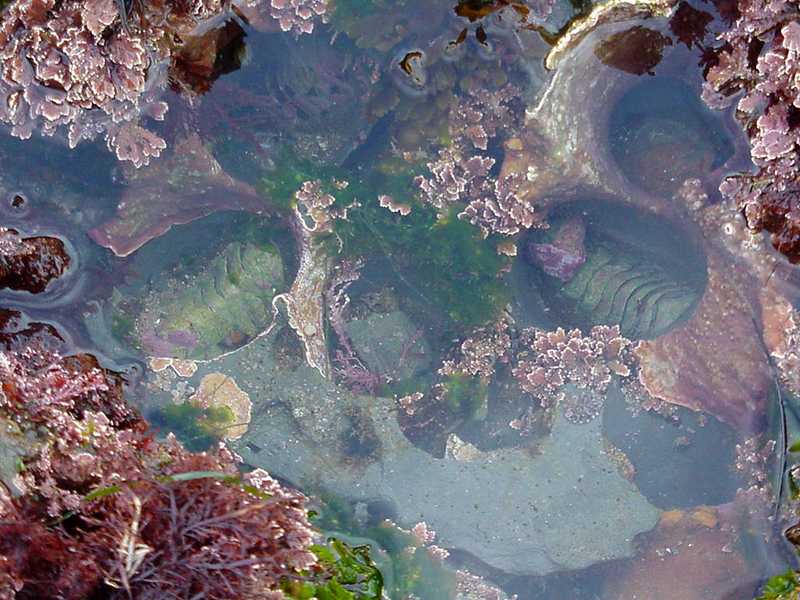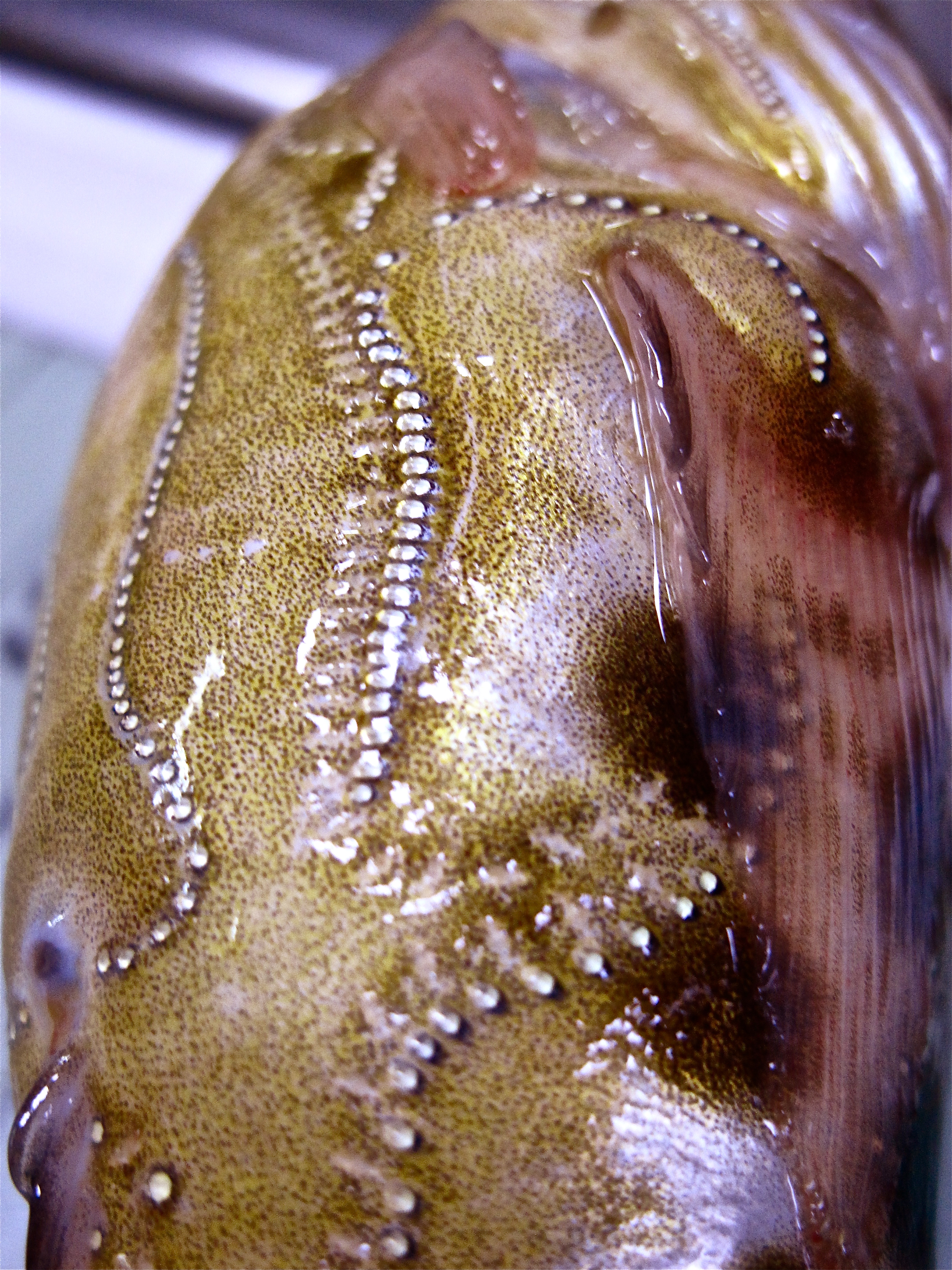|
School Shark
The school shark (''Galeorhinus galeus'') is a houndshark of the family Triakidae, and the only living member of the genus '' Galeorhinus''. Common names also include tope, tope shark, snapper shark, and soupfin shark. It is found worldwide in temperate seas at depths down to about . It can grow to nearly long. It feeds both in midwater and near the seabed, and its reproduction is ovoviviparous. This shark is caught in fisheries for its flesh, its fins, and its liver, which has a very high vitamin A content. The IUCN has classified this species as critically endangered in its Red List of Threatened Species. Taxonomy The school shark is the only extant member of '' Galeorhinus'', an ancient genus that dates to at least the Early Eocene, when the very similar species '' G. cuvieri'' is known, and likely as far back as the mid-Cretaceous. Fossil teeth of the modern school shark date as far back as the mid-late Eocene, where they are known from the Castle Hayne Formation of N ... [...More Info...] [...Related Items...] OR: [Wikipedia] [Google] [Baidu] |
Aquarium Of The Bay
Aquarium of the Bay is a public aquarium located at The Embarcadero (San Francisco), Embarcadero and Beach Street, at the edge of Pier 39 in San Francisco, California. The aquarium is focused on local aquatic animals from the San Francisco Bay and neighboring rivers and watersheds as far as the Sierra Mountains. Since 2005 the Aquarium has focused its mission on enabling ocean conservation and climate action both locally and globally. It is one of seven institutions under parent company Bay Ecotarium, the largest watershed conservation organization in the Bay Area The Aquarium of the Bay is a Smithsonian Affiliate and certified as a Green Business by the city of San Francisco. It contains over 750,000 gallons of salt water that over 24,000 animals from 200+ species call home. It is the only Smithsonian-affiliated aquarium in the state of California. It was previously accredited by the Association of Zoos and Aquariums but the accreditation was revoked in May 2024. History Ini ... [...More Info...] [...Related Items...] OR: [Wikipedia] [Google] [Baidu] |
Bahía Inglesa Formation
The Bahía Inglesa Formation (alternatively misspelled "Bahia") is a littoral, sedimentary, and highly fossiliferous geological formation that outcrops across the nearby coastal zones of Caldera, Chile. The unit is part of the greater Caldera Basin and was deposited in deep-shallow water, littoral paleoenvironments. It holds an exquisite fossil record in several localities (such as Cerro Ballena or Los Dedos), mostly composed of marine mammals, as well as invertebrate taxa. Gallery File:BHI ENE 09 111.jpg File:Desierto junto al mar, Atacama.jpg File:Parque Los Dedos (1).png File:Farellones 2 Salto del gato.jpg File:Erosión en salto del gato.jpg See also * Coquimbo Formation * Gaiman Formation * Pisco Formation The Pisco Formation is a geologic formation located in Peru, on the southern coastal desert of Ica, Peru, Ica and Arequipa. The approximately thick formation was deposited in the Pisco Basin, spanning an age from the Miocene, Late Miocene up to t ... References ... [...More Info...] [...Related Items...] OR: [Wikipedia] [Google] [Baidu] |
Sphyraena Bolcensis
''Sphyraena bolcensis'' is an extinct species of prehistoric barracuda known from the Eocene. It is known from the late Ypresian-aged Monte Bolca site of Italy. Taxonomy It is one of the earliest and best-known fossil barracudas. It was initially described by Volta (1796) as a fossil specimen of the modern ''Sphyraena sphyraena'', before Agassiz (1835) moved it to its own species, where it has since remained. More recent studies suggest that it appears to predate the evolutionary radiation of crown group '' Sphyraena'', and thus likely represents a stem-group barracuda. Despite being classified in the extant genus ''Sphyraena'', its phylogenetic affinities have never been properly studied, and it thus may not necessarily be a true member of the genus, especially given it predating the modern barracuda radiation. Description It could grow as long as nearly , though most specimens tend to range between and . Ecology A fossil specimen of the extinct shark '' Galeorhinus cuv ... [...More Info...] [...Related Items...] OR: [Wikipedia] [Google] [Baidu] |
Barracuda
A barracuda is a large, predatory, ray-finned, saltwater fish of the genus ''Sphyraena'', the only genus in the family Sphyraenidae, which was named by Constantine Samuel Rafinesque in 1815. It is found in tropical and subtropical oceans worldwide ranging from the eastern border of the Atlantic Ocean to the Red Sea, on its western border the Caribbean Sea, and in tropical areas of the Pacific Ocean. Barracudas reside near the top of the water and near coral reefs and sea grasses. Barracudas are often targeted by sport-fishing enthusiasts. Etymology The common name "barracuda" is derived from Spanish, with the original word being of possibly Cariban origin. Description Barracuda are snake-like in appearance, with prominent, sharp-edged, fang-like teeth, much like piranha, all of different sizes, set in sockets of their large jaws. They carry a striking resemblance on pikes, although they are not related. They have large, pointed heads with an underbite in many species ... [...More Info...] [...Related Items...] OR: [Wikipedia] [Google] [Baidu] |
Benthos
Benthos (), also known as benthon, is the community of organisms that live on, in, or near the bottom of a sea, river, lake, or stream, also known as the benthic zone.Benthos from the Census of Antarctic Marine Life website This community lives in or near marine or freshwater sedimentary environments, from tidal pools along the , out to the continental shelf, and then down to the [...More Info...] [...Related Items...] OR: [Wikipedia] [Google] [Baidu] |
Pelagic
The pelagic zone consists of the water column of the open ocean and can be further divided into regions by depth. The word ''pelagic'' is derived . The pelagic zone can be thought of as an imaginary cylinder or water column between the surface of the sea and the bottom. Conditions in the water column change with depth: pressure increases; temperature and light decrease; salinity, oxygen, micronutrients (such as iron, magnesium and calcium) all change. In a manner analogous to stratification in the Earth's atmosphere, the water column can be divided vertically into up to five different layers (illustrated in the diagram), with the number of layers depending on the depth of the water. Marine life is affected by bathymetry (underwater topography) such as the seafloor, shoreline, or a submarine seamount, as well as by proximity to the boundary between the ocean and the atmosphere at the ocean surface, which brings light for photosynthesis, predation from above, and wind st ... [...More Info...] [...Related Items...] OR: [Wikipedia] [Google] [Baidu] |
Squid
A squid (: squid) is a mollusc with an elongated soft body, large eyes, eight cephalopod limb, arms, and two tentacles in the orders Myopsida, Oegopsida, and Bathyteuthida (though many other molluscs within the broader Neocoleoidea are also called ''squid'' despite not strictly fitting these criteria). Like all other cephalopods, squid have a distinct head, Symmetry (biology)#Bilateral symmetry, bilateral symmetry, and a mantle (mollusc), mantle. They are mainly soft-bodied, like octopuses, but have a small internal skeleton in the form of a rod-like gladius (cephalopod), gladius or pen, made of chitin. Squid diverged from other cephalopods during the Jurassic and occupy a similar Ecological niche, role to teleost fish as open-water predators of similar size and behaviour. They play an important role in the open-water food web. The two long tentacles are used to grab prey and the eight arms to hold and control it. The beak then cuts the food into suitable size chunks for swal ... [...More Info...] [...Related Items...] OR: [Wikipedia] [Google] [Baidu] |
Scorpaena
''Scorpaena'' is a widespread genus of marine ray-finned fish belonging to the family Scorpaenidae, the scorpionfishes. Taxonomy ''Scorpaena'' was first described as a genus in 1758 by Carl Linnaeus in the 10th Edition of his ''Systema Naturae''. In 1876 Pieter Bleeker designated ''S. porcus'' as the type species of the genus. The genus name is based on the Greek word for a scorpion, ''skorpaina'', an allusion to the venomous spines Linnaeus mentioned in his description of ''S. scrofa''. Species The 65 recognized species in this genus are: Characteristics ''Scorpaena'' scorpionfishes have a very bony head which is armed with numerous spines. There is a horizontal bony ridge beneath the eyes with 1-4 spines. They have an occipital pit. The uppermost spine on the preoperculum is the longest. There are patches of teeth on the roof of the mouth and at its sides. There are 12 spines and between 7 and 10 soft rays in the dorsal fin while the anal fin has 3 spines and 5 soft rays. T ... [...More Info...] [...Related Items...] OR: [Wikipedia] [Google] [Baidu] |
Flatfish
A flatfish is a member of the Ray-finned fish, ray-finned demersal fish Order (biology), suborder Pleuronectoidei, also called the Heterosomata. In many species, both eyes lie on one side of the head, one or the other migrating through or around the head during development. Some species face their left sides upward, some face their right sides upward, and others face either side upward. The most primitive members of the group, the Threadfin, threadfins, do not resemble the flatfish but are their closest relatives. Many important food fish are in this order, including the flounders, sole (fish), soles, turbot, plaice, and halibut. Some flatfish can camouflage themselves on the ocean floor. Taxonomy Due to their highly distinctive morphology, flatfishes were previously treated as belonging to their own order, Pleuronectiformes. However, more recent taxonomic studies have found them to group within a diverse group of nektonic marine fishes known as the Carangiformes, which also inc ... [...More Info...] [...Related Items...] OR: [Wikipedia] [Google] [Baidu] |
Midshipman Fish
A midshipman fish is any species of toadfish belonging to the genus ''Porichthys'' (in family Batrachoididae). Historically, there have been two common names. ''Porichthys'' refers to the well developed pores on the fish, and this led to the common name "Porous Catfish". The other common name, "Midshipman" is based on the pattern of button-like luminous spots (photophores) which resemble the buttons on the uniforms of young naval officers known as midshipmen. Midshipman fish are distinguished by their photophores and four lateral lines. Typical midshipman fishes, such as the plainfin midshipman ('' Porichthys notatus''), are nocturnal and bury themselves in sand or mud in the intertidal zone during the day, to float just above the seabed at night. Some species have venomous dorsal spines and are capable of inflicting serious injuries if handled. Description Male midshipman fish have two morphs: type I and type II. Type I and type II males have different reproductive strategies ... [...More Info...] [...Related Items...] OR: [Wikipedia] [Google] [Baidu] |
Sardines
Sardine and pilchard are common names for various species of small, oily forage fish in the herring suborder Clupeoidei. The term "sardine" was first used in English during the early 15th century; a somewhat dubious etymology says it comes from the Italian island of Sardinia, around which sardines were once supposedly abundant. The terms "sardine" and "pilchard" are not precise, and what is meant depends on the region. The United Kingdom's Sea Fish Industry Authority, for example, classifies sardines as young pilchards. One criterion suggests fish shorter in length than are sardines, and larger fish are pilchards. The FAO/ WHO Codex standard for canned sardines cites 21 species that may be classed as sardines. FishBase, a database of information about fish, calls at least six species pilchards, over a dozen just sardines, and many more with the two basic names qualified by various adjectives. Etymology The word ''sardine'' first appeared in English in the 15th centur ... [...More Info...] [...Related Items...] OR: [Wikipedia] [Google] [Baidu] |






